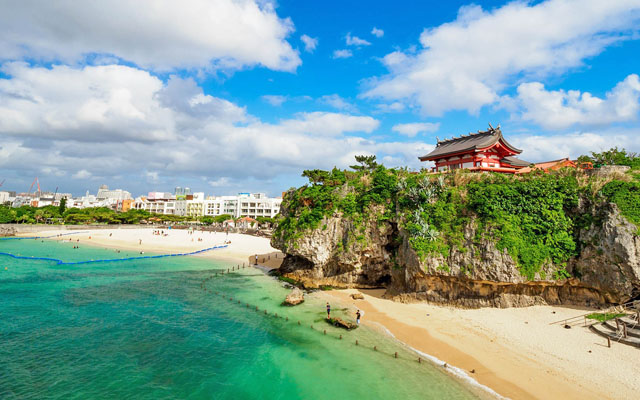IN VIEW of a looming capacity constraint that is approaching faster than projected, Hong Kong International Airport (HKIA) has embarked on a combination of mid- and long-term expansion strategies to cope with future demand.
“We are close to the movement ceiling,” said Tommy Leung, general manager of projects at HKIA, during his presentation of the airport’s development plans at the recent Association of Asia Pacific Airlines 57th Assembly of Presidents in Hong Kong.
“Our HKIA Master Plan 2030 predicted HKIA’s two-runway system to reach saturation point between 2019 and 2022, but based on 2012 traffic volumes we are ahead of forecast by two to three years,” he added, emphasising the need for the airport to speed up its expansion projects.
According to Leung, HKIA’s annual passenger traffic has grown by close to 100 per cent to 56.6 million in 2012, up from 28.6 million in 1998 when the airport first opened. Likewise, air traffic movements per year have increased 115 per cent from 163,000 to 352,000 during the same period, he revealed.
In addition to the expansion of Terminal 2, due to complete by this year-end, HKIA has already started on the HK$10.2 billion (US$1.3 billion) midfield development project, which will see the airport island’s last piece of land developed to include a 105,000m2 concourse and 20 parking stands by 2015, raising the airport’s handling capacity by a further 10 million a year.
For the longer term, HKIA will adopt a three-runway system to accommodate 100 million passengers and 620,000 flight movements a year. A 3.8km third runway and passenger concourses with approximately 60 air bridges and apron to accommodate 100 parking stands will be built on a 650-hectare reclaimed land, which lies to the north of the existing 1,200-hectare airport island.
Both the automated people mover network and baggage handling system will be extended to connect the new concourses with the existing terminals and passenger facilities.
However, despite the proliferation of LCC terminals in Asia, Leung sees remote possibility in Hong Kong developing such a dedicated facility due to the city’s severe land constraints. “Every inch of reclamation has to be justified. We’re not like Singapore with land reserves,” he said.
















